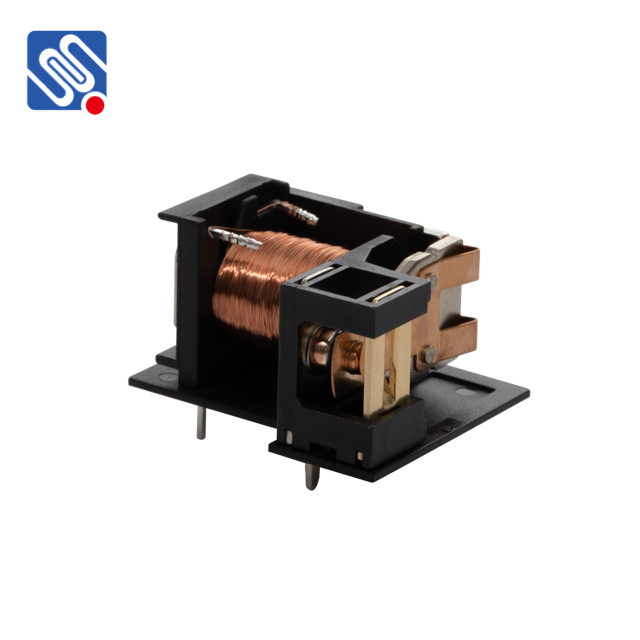understanding relay components and the role of meishuo in advancing technology
Release time:2025-05-07 12:20:52
Relays are essential components in electrical engineering and automation, playing a critical role in controlling circuits. A relay is an electrically operated switch that uses an electromagnet to open or close contacts, allowing current to flow through the circuit. These components are found in various applications, from simple light switches to complex systems in industrial machinery and telecommunications.

What are Relay Components?
A relay consists of several key components that enable its function. The primary elements include the coil, contacts, armature, and spring. The coil, when energized, generates a magnetic field that attracts or repels the armature. The armature, in turn, controls the opening or closing of the contacts, allowing or interrupting the flow of electrical current. The spring ensures that the armature returns to its default position when the coil is de-energized.
Relays are used for their ability to control a high-power circuit with a low-power signal, which makes them incredibly useful in various fields such as automotive systems, telecommunications, and home automation. They can be mechanical or solid-state, with mechanical relays involving physical movement of the contacts and solid-state relays using semiconductors for the switching process.

